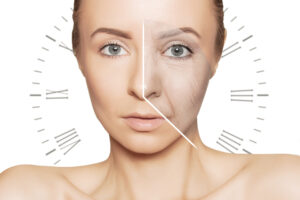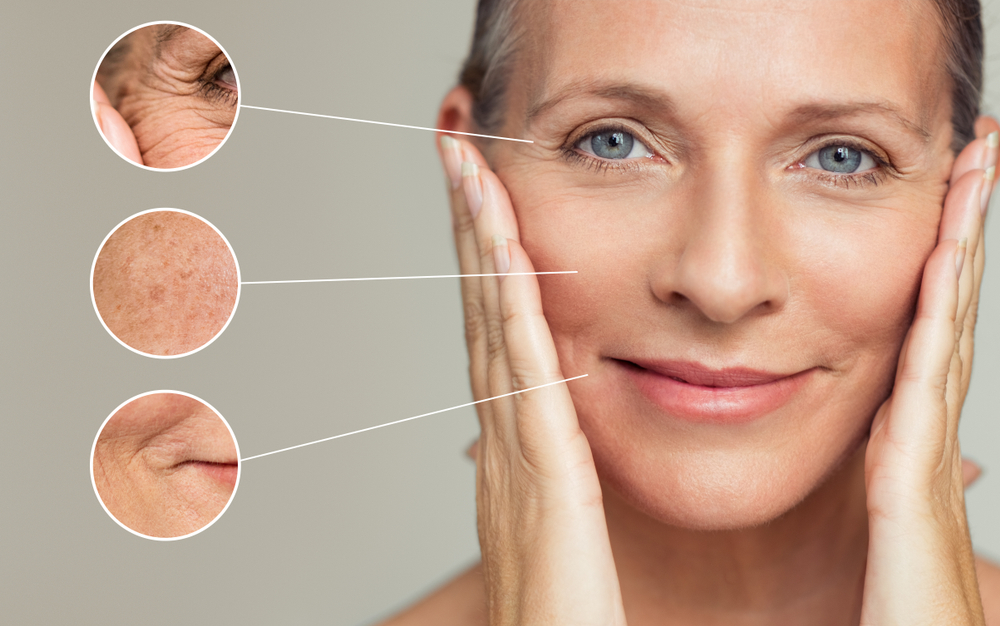What makes us age? New “clocks” developed by researchers could help to find the answers. Researchers present a new form of epigenetic clock – a machine learning model that can predict biological age based on DNA structure. The new model distinguishes between genetic differences that slow down and accelerate ageing, predicts biological age and evaluates anti-ageing measures with greater accuracy. The results were published in Nature Aging.
Model Helps Predict How Different Interventions Promote Longevity
Previous clocks looked at the relationship between methylation patterns and traits that we know correlate with aging, but they don’t tell us which factors make the body age faster or slower. Researchers at Brigham and Women’s Hospital, a founding member of the Mass General Brigham Healthcare System, have developed the first clock that distinguishes between cause and effect. These clocks distinguish between changes that accelerate and counteract aging to predict biological age and evaluate the effectiveness of anti-aging interventions.
Ageing researchers have long been aware of the connection between DNA methylation – changes in our genetic structure that influence gene function – and its influence on the ageing process. In particular, certain regions of our DNA, known as CpG sites, are more strongly associated with ageing. Lifestyle choices such as smoking and diet affect DNA methylation but also our genetic inheritance, which explains why people with similar lifestyles can age at different rates. Existing epigenetic clocks predict biological age (the actual age of our cells rather than chronological age) based on DNA methylation patterns.
So far, however, no distinction has been made between methylation differences that cause biological ageing and those that merely correlate with the ageing process.

Using a large genetic dataset, first author Kejun (Albert) Ying, a PhD student in the Gladyshev lab, performed epigenome-wide Mendelian randomization (EWMR), a technique used to randomize data and establish causality between DNA structure and observable traits, at 20,509 CpG sites causal for eight age-related traits. The eight age-related traits included life expectancy, extreme longevity (defined as survival beyond the 90th percentile), healthspan (age at first onset of serious age-related illness), frailty index (a measure of a person’s frailty based on the accumulation of health deficits over their lifespan), self-rated health, and three comprehensive age-related measures that include family history, socioeconomic status, and other health factors.
With these characteristics and the associated DNA sites in mind, Ying created three models: CausAge, a general clock that predicts biological age based on causal DNA factors, and DamAge and AdaptAge, which only take into account harmful or protective changes. The researchers then analyzed blood samples from 7,036 people aged 18 to 93 from the Generation Scotland Cohort and finally trained their model on data from 2,664 people from the cohort. Using this data, the researchers developed a map showing the human CpG sites that cause biological ageing. This map allows the researchers to identify biomarkers that are causative of ageing and to assess how different interventions promote longevity or accelerate ageing. The scientists tested the validity of their clocks using data collected from 4,651 people in the Framingham Heart Study and the Normative Aging Study. They found that DamAge correlated with negative outcomes, including mortality, and AdaptAge correlated with longevity, suggesting that age-related damage contributes to mortality risk, while protective changes in DNA methylation may contribute to a longer lifespan.
New Progress for Ageing Research
Next, they tested the clocks’ ability to assess biological age by reprogramming stem cells (specialized cells, such as skin cells, back to a younger, less defined state where they can develop into different cell types in the body). When the clocks were applied to the newly transformed cells, DamAge decreased, indicating a reduction in age-related damage during reprogramming, while AdaptAge showed no particular pattern.
Finally, the team tested the performance of the clocks on biological samples from patients with various chronic diseases, including cancer and hypertension, as well as samples damaged by lifestyle choices such as cigarette smoking. DamAge consistently increased in conditions associated with age-related damage, while AdaptAge decreased, effectively capturing protective adaptations.
Ageing is a complex process and it is still unclear which interventions actually work against it. The new research represents a step forward for ageing research, as it allows biological age to be quantified more accurately and the ability of novel ageing interventions to increase longevity to be assessed.


